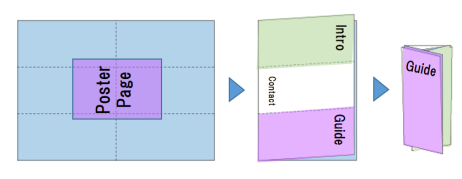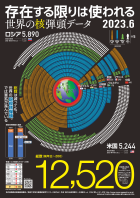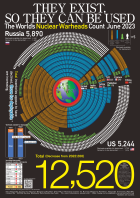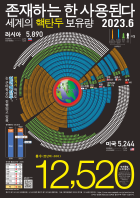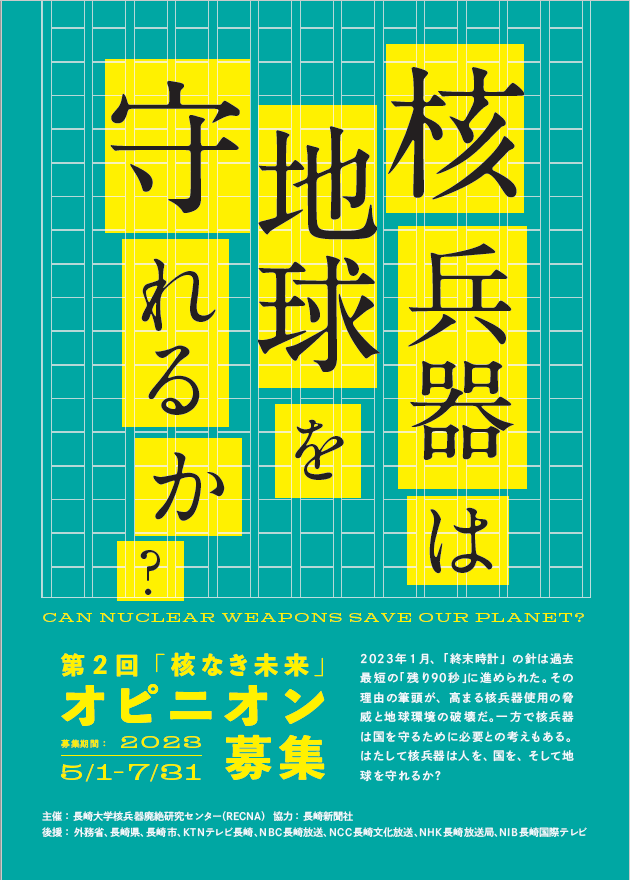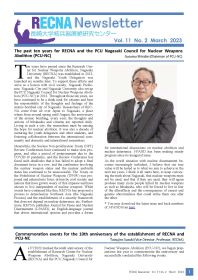2023年6月5日
“World’s Fissile Material Data” 2023 [All Lists]
The 2023 World’s Fissile Material Data have been published. Please click on the following thumbnail images and download the pdf posters.
|
Japanese |
English |
Korean |
| |
|
|
|
| Jun. 2023 |
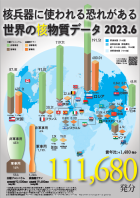 |
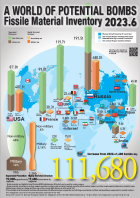 |
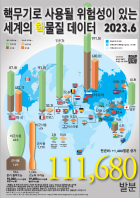 |
The special feature of this year’s map is that the total fissile material inventory, which decreased last year, has once again increased due to an increase in the amount of separated plutonium. The total inventory of HEU was 1,260 tons, equivalent to 19,680 warheads (an increase of 6 tons or about 80 warheads from last year), but this is due to a difference in the way the figures for “Other Non-nuclear Weapon Countries” are treated, and is not a substantial increase. However, the overall rising trend in separated plutonium continues, with an increase in plutonium for civilian use (mainly in France), bringing the total inventory to 552 tons, equivalent to 92,000 warheads (an increase of 8 tons or about 1,400 warheads from last year). As a result, the total inventory amount increased to equivalent to 111,680 warheads, an increase of around 1,480 warheads from last year (110,200 warheads).
◆ “A Guide to the World’s Fissile Material Inventory June 2023” Released!
Please access here.
◆ The two images to the right can be enlarged by clicking on them. You can also view and download the following PDF versions.
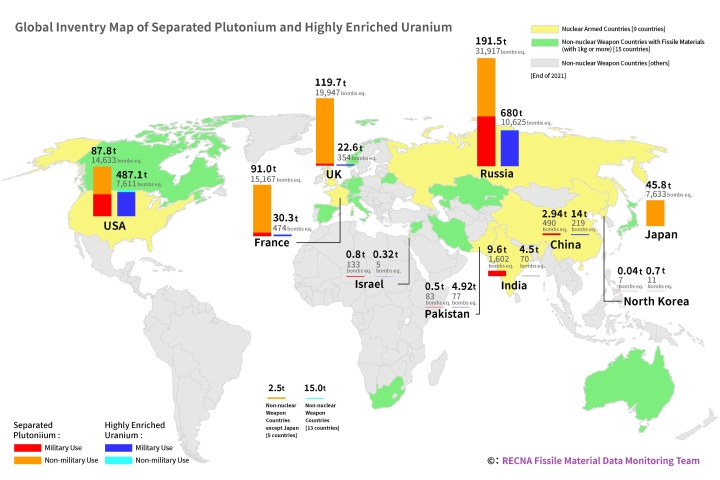 ・The 2023 Global Inventory Map of Fissile Material (PDF)
・The 2023 Global Inventory Map of Fissile Material (PDF)
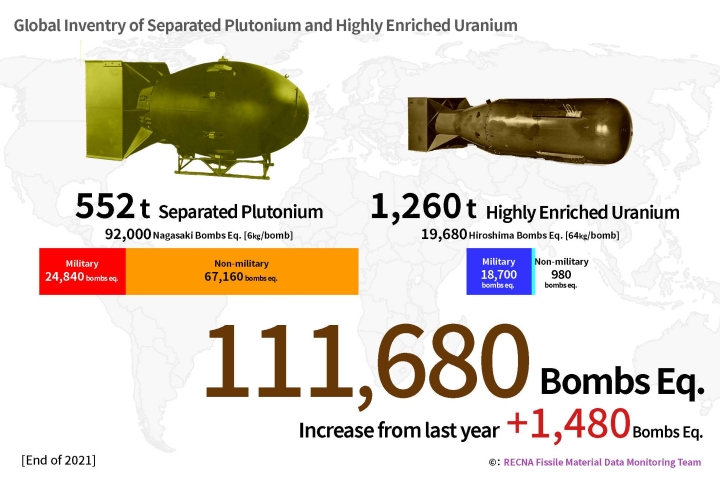 ・The 2023 Global Inventory of Fissile Material (PDF)
・The 2023 Global Inventory of Fissile Material (PDF)
◆ You can see the original data of the map from the following links.
・Global Inventory of Separated Plutonium
・Global Inventory of Highly Enriched Uranium
◆ You can see previous “World’s Fissile Material Data” from [All Lists].
◆ The 2023 World’s Nuclear Warheads Data have been published too.



